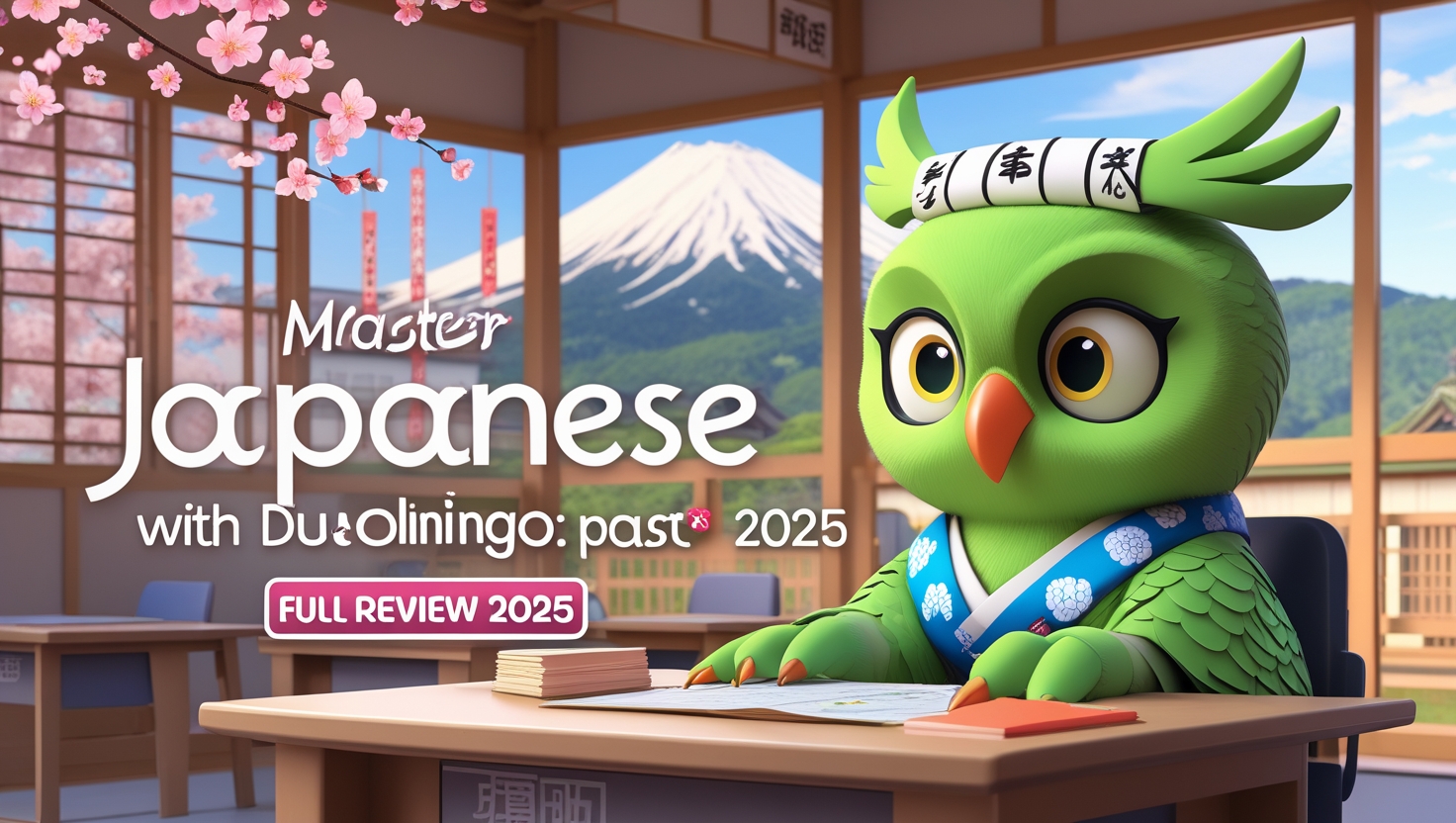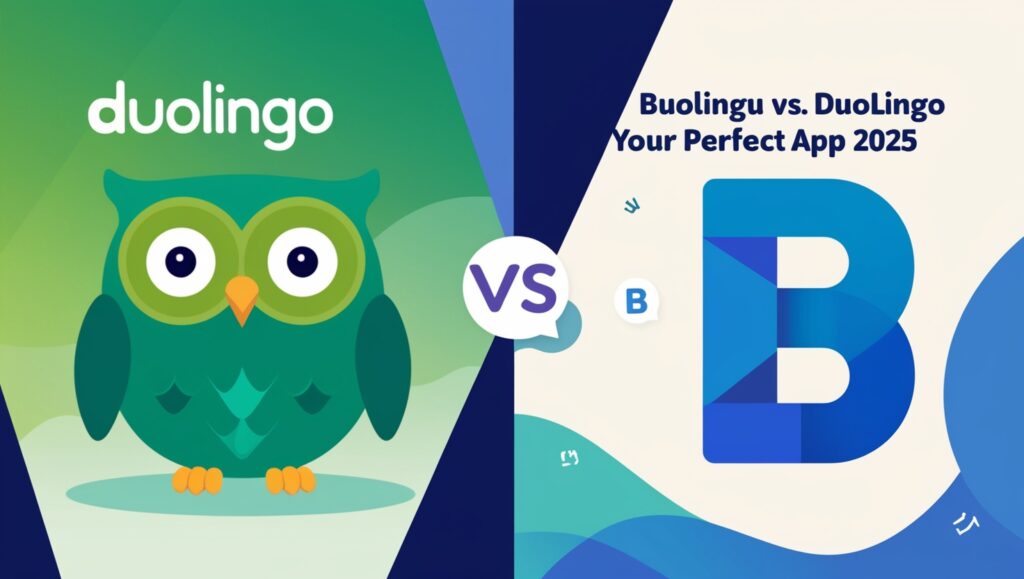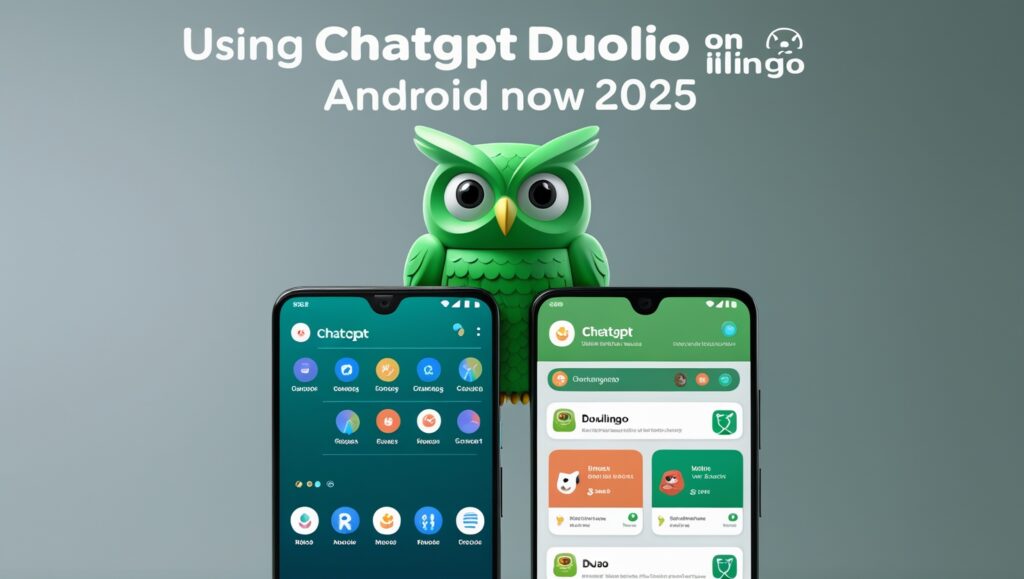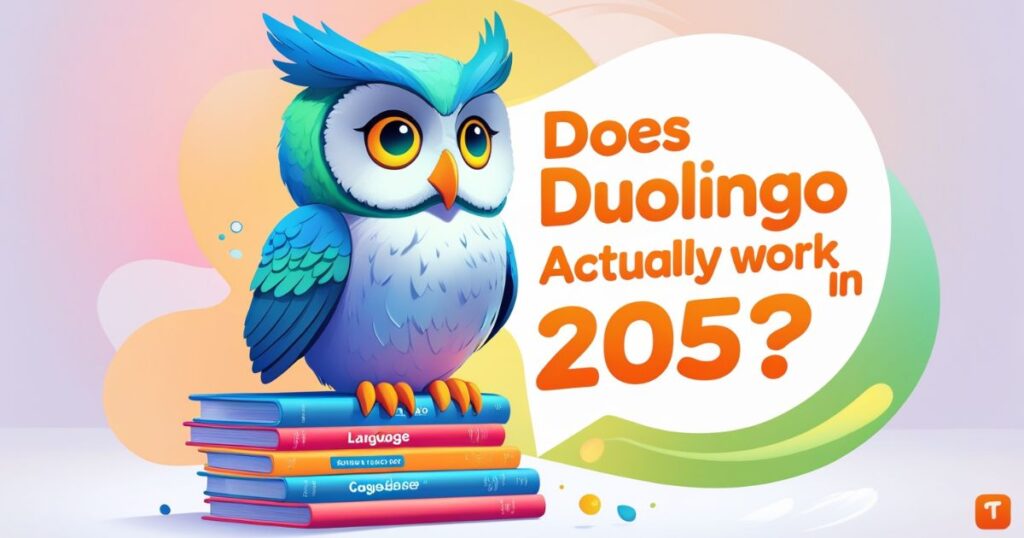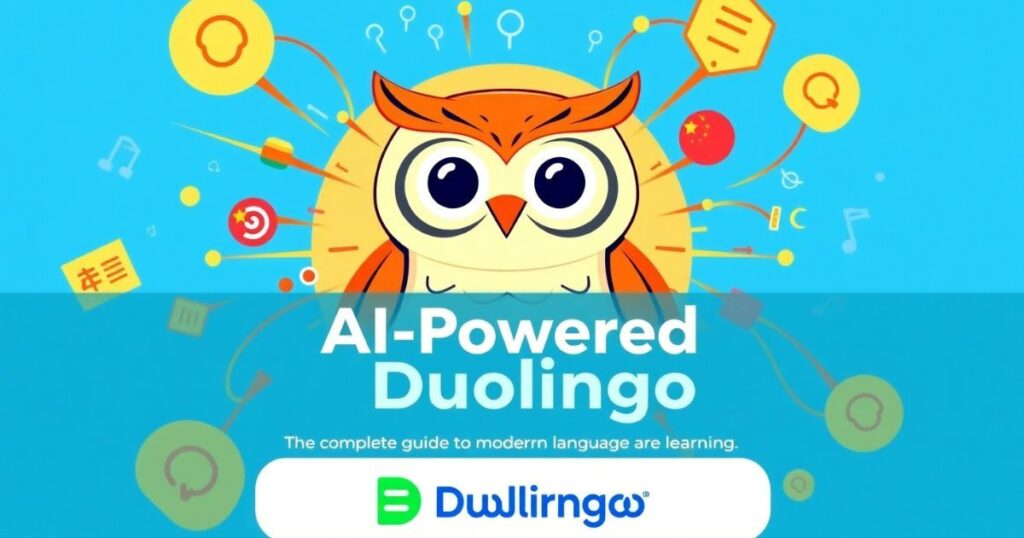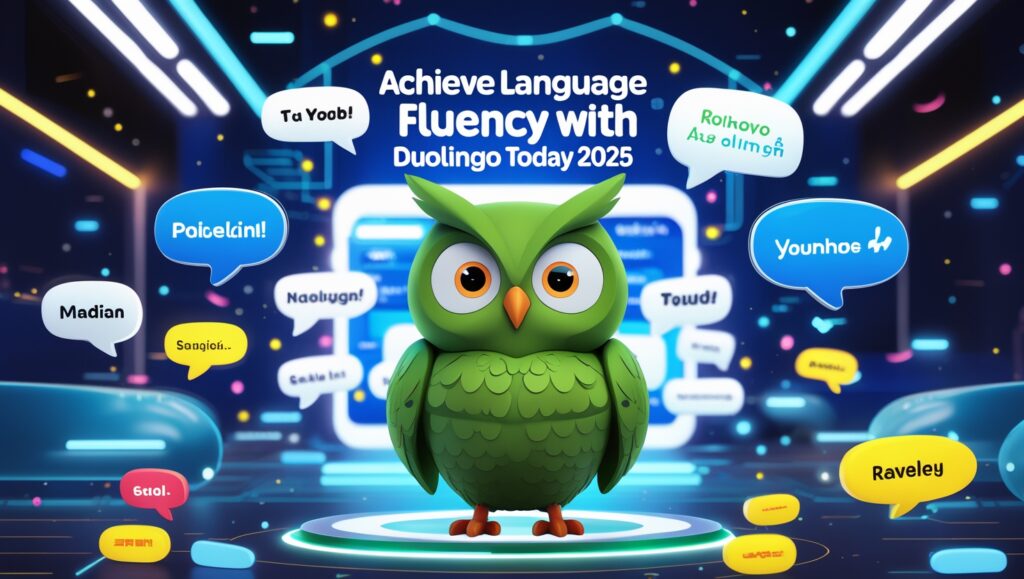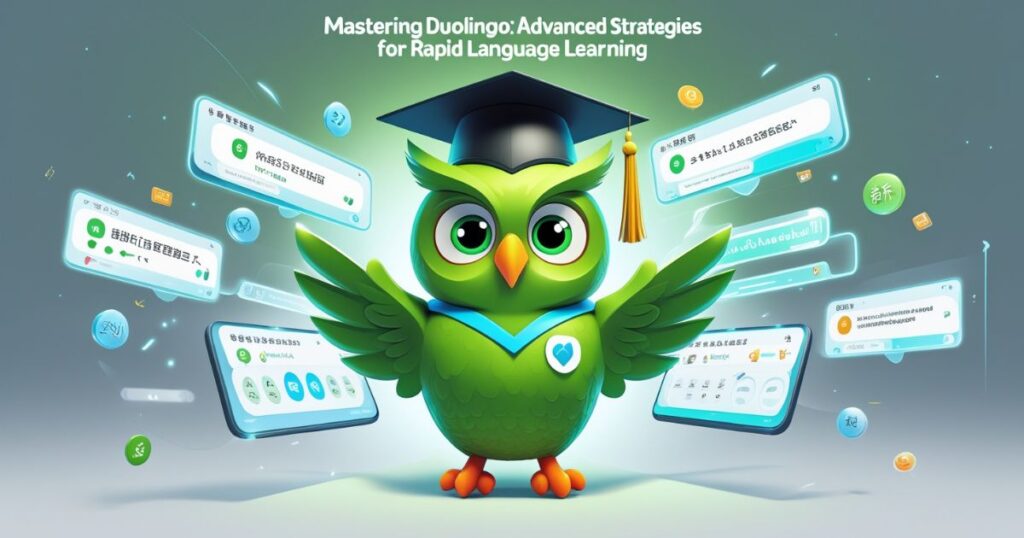The journey of learning Japanese can feel like climbing Mount Fuji – challenging yet rewarding. As language learning apps continue to evolve, Duolingo has emerged as a popular choice for aspiring Japanese learners. But does this gamified platform truly deliver effective results for mastering this complex language? Let’s dive deep into this comprehensive Duolingo Japanese review to help you make an informed decision.
What Makes Duolingo Japanese Different?
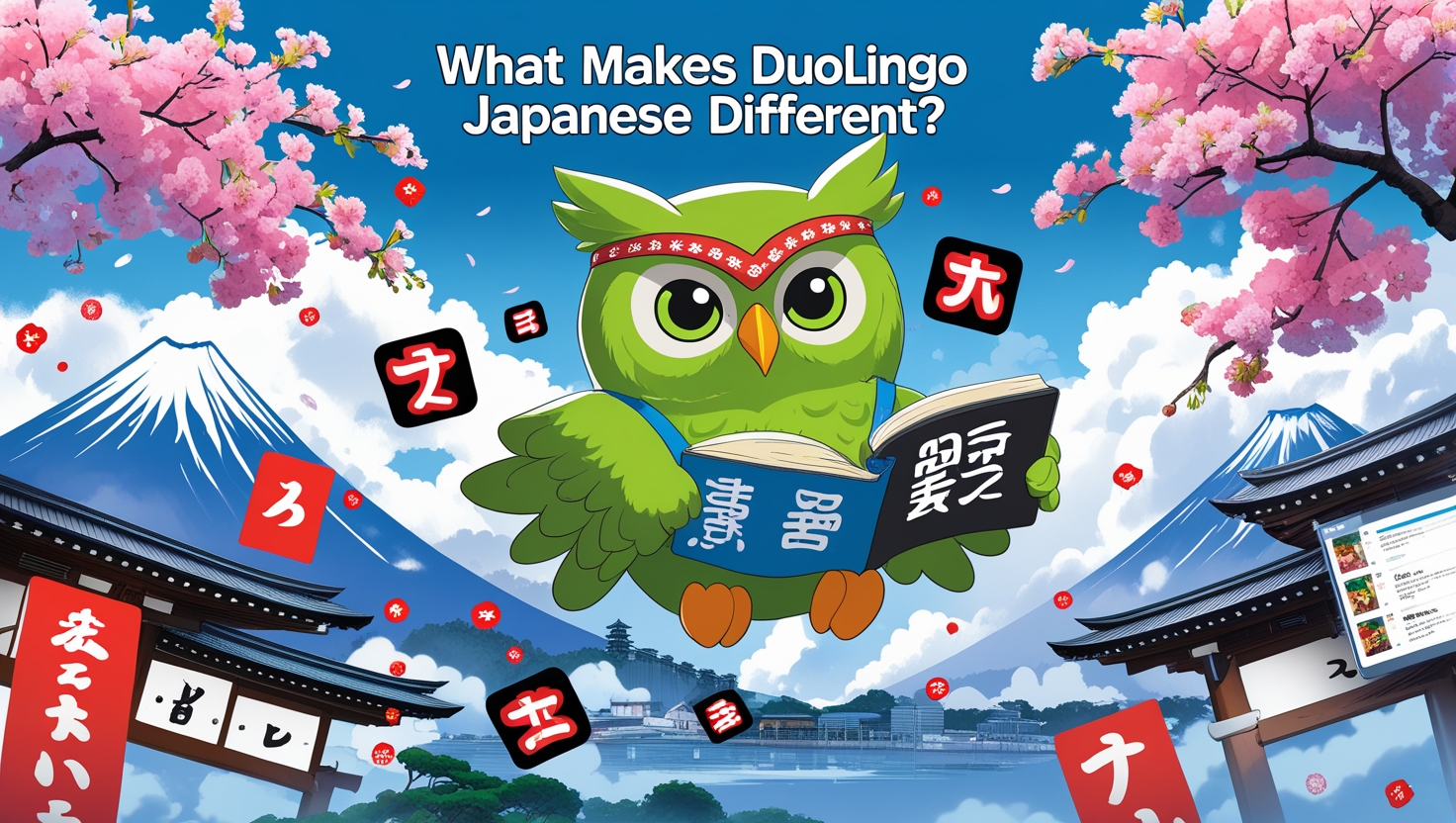
Duolingo Japanese stands out by offering a gamified learning system tailored for mastering one of the world’s most intricate languages. Unlike conventional textbooks or classroom courses, it simplifies the process through bite-sized lessons. Starting with Hiragana and Katakana, learners gradually tackle Kanji and sentences, fostering confidence in mastering Japanese. User feedback highlights its effectiveness in overcoming initial intimidation.
Core Features of Duolingo Japanese:
- Progressive introduction to writing systems
- Interactive translation exercises
- Gamified learning experience
- Spaced repetition system
- Voice recording capabilities
- Progress tracking dashboard
The Strengths of Learning Japanese with Duolingo
Master Japanese effortlessly with Duolingo’s strengths that make language acquisition engaging and effective. The app combines innovative gamification features, structured lessons, and bite-sized exercises to keep learners motivated. Its free accessibility ensures anyone can start learning Japanese. Ideal for vocabulary building and maintaining consistency, Duolingo complements other resources perfectly for beginners seeking interactive language-learning tools.
Cost-Effective Learning
One of the most compelling aspects of Duolingo Japanese is its accessibility. While premium features are available, the core learning experience remains free. Here’s a comparison of free vs. premium features:
| Feature | Free Version | Premium (Plus) |
| Basic Lessons | ✓ | ✓ |
| Ad-free Experience | ✗ | ✓ |
| Offline Access | ✗ | ✓ |
| Progress Quizzes | Limited | Unlimited |
| Hearts System | Limited | Unlimited |
| Mistake Review | Basic | Advanced |
Engagement and Motivation
Duolingo’s gamification elements redefine language learning, particularly for those aiming to Master Japanese. Features like daily streaks, achievement badges, and a competitive XP leaderboard foster engagement. Statistics reveal that 75% of learners maintaining a 30-day streak continue their studies for over three months, proving the app’s effectiveness in nurturing consistent learning habits for Japanese proficiency.
Common Challenges and Limitations
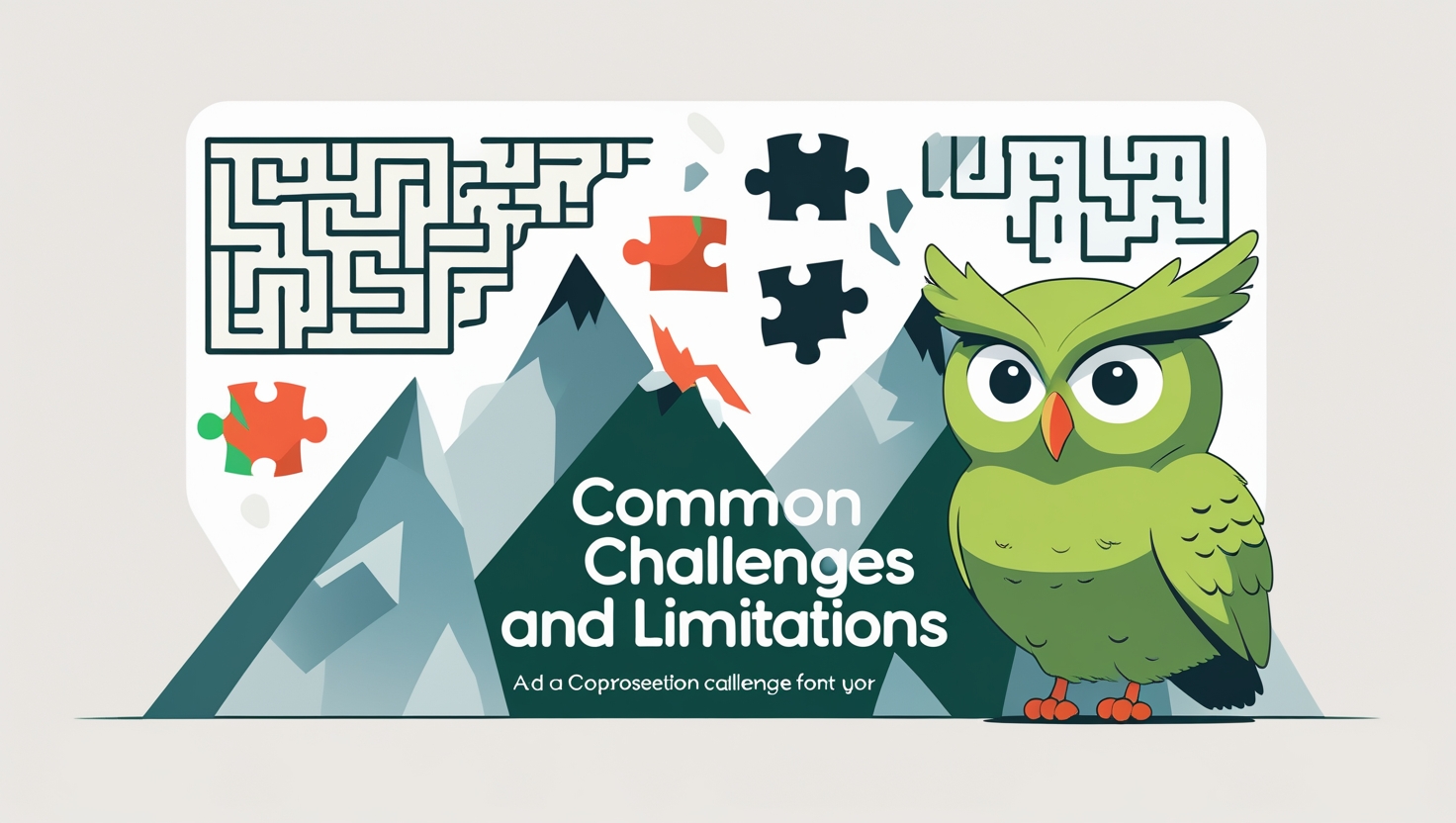
Despite its appeal, Duolingo Japanese has limitations for those striving to Master Japanese. Its grammar explanations lack depth, while limited kanji instruction hinders advanced comprehension. Additionally, audio quality issues and reliance on translation exercises make it insufficient for fluency. Pairing it with comprehensive tools, like textbooks or apps, is essential to overcome these challenges and achieve true mastery.
Grammar Instruction Considerations
While Duolingo Japanese provides a solid foundation for basic vocabulary acquisition, its approach to grammar structure has received mixed reviews. The platform often introduces complex grammatical concepts without detailed explanations, which can be challenging for self-learners.
“How far does Duolingo Japanese take you? Based on comprehensive analysis, most users reach an approximate JLPT N5 to N4 level through consistent practice.” – Language Learning Research Institute, 2024
Writing System Implementation
The implementation of Japanese writing systems in Duolingo provides learners with both opportunities and challenges to Master Japanese. The app offers a systematic introduction to Hiragana and Katakana, regular practice opportunities, and a clear progression path. However, Kanji instruction focuses on recognition, with limited stroke order instruction and simplified character explanations, making deeper study necessary.
Hiragana and Katakana:
To Master Japanese, Duolingo systematically introduces Hiragana and Katakana, providing learners with essential foundations. Regular practice opportunities reinforce memory, while a clear progression path ensures smooth learning. However, its focus on recognition over writing means that learners may need to supplement with other resources for comprehensive mastery of these fundamental writing systems.
Kanji:
Duolingo’s approach to Kanji provides limited guidance for those aiming to Master Japanese. While it offers simplified character explanations and encourages recognition, it lacks stroke order instruction and in-depth teaching of radicals. Learners seeking fluency should combine this with specialized Kanji study tools to develop robust reading and writing skills.
Speaking and Listening Skills
Duolingo Japanese speaking exercises provide basic pronunciation practice, but users should be aware of certain limitations:
- Audio recordings sometimes lack natural intonation
- Limited conversation practice
- Basic voice recognition technology
- Focus on isolated phrases over natural dialogue
More Post: Cake vs Duolingo: Which App Works Better in 2025?
Real Results: What Can You Actually Learn?

Master Japanese with Duolingo and build a foundation in the language. Through its gamified lessons, you can learn approximately 2,000 high-frequency vocabulary words. However, its focus on basic grammar and vocabulary means learners must supplement with other tools to achieve fluency. Duolingo is ideal for beginners seeking a fun and engaging introduction to Japanese.
Beginner Level Progress
Recent studies from 2024 show that dedicated Duolingo Japanese users can achieve measurable results within specific timeframes:
| Time Investment | Expected Progress |
| 3 months | Basic greetings, simple phrases |
| 6 months | JLPT N5 vocabulary foundation |
| 1 year | Basic conversation skills |
The platform particularly excels in helping beginners master:
- Essential vocabulary through spaced repetition
- Basic sentence patterns
- Common everyday phrases
- Fundamental grammar structure
Advanced Learning Limitations
While Duolingo is a great starting point, advanced learners face hurdles when trying to Master Japanese. The app offers limited grammar explanations, oversimplifies particle usage, and only briefly addresses formal vs. informal speech. A 2024 analysis highlights a vocabulary ceiling of 2,000 words, with minimal coverage of specialized or business vocabulary, restricting its use for advanced communication.
Grammar Complexity:
Advanced grammar poses a challenge for those trying to Master Japanese using Duolingo. The app provides only simplified explanations for key concepts like particles and speech nuances, requiring users to rely on external resources for deeper understanding. Formal vs. informal speech distinctions remain underexplored, making additional materials essential for effective communication in varied contexts.
Vocabulary Ceiling:
To Master Japanese, one must exceed Duolingo’s limit of 2,000 vocabulary words, analyzed in 2024. While these are high-frequency terms, the absence of business and specialized vocabulary hinders professional or advanced conversational ability. Supplementing with Kanji-focused tools, flashcards, and native materials is crucial for building a more robust lexicon.
Maximizing Your Duolingo Japanese Experience
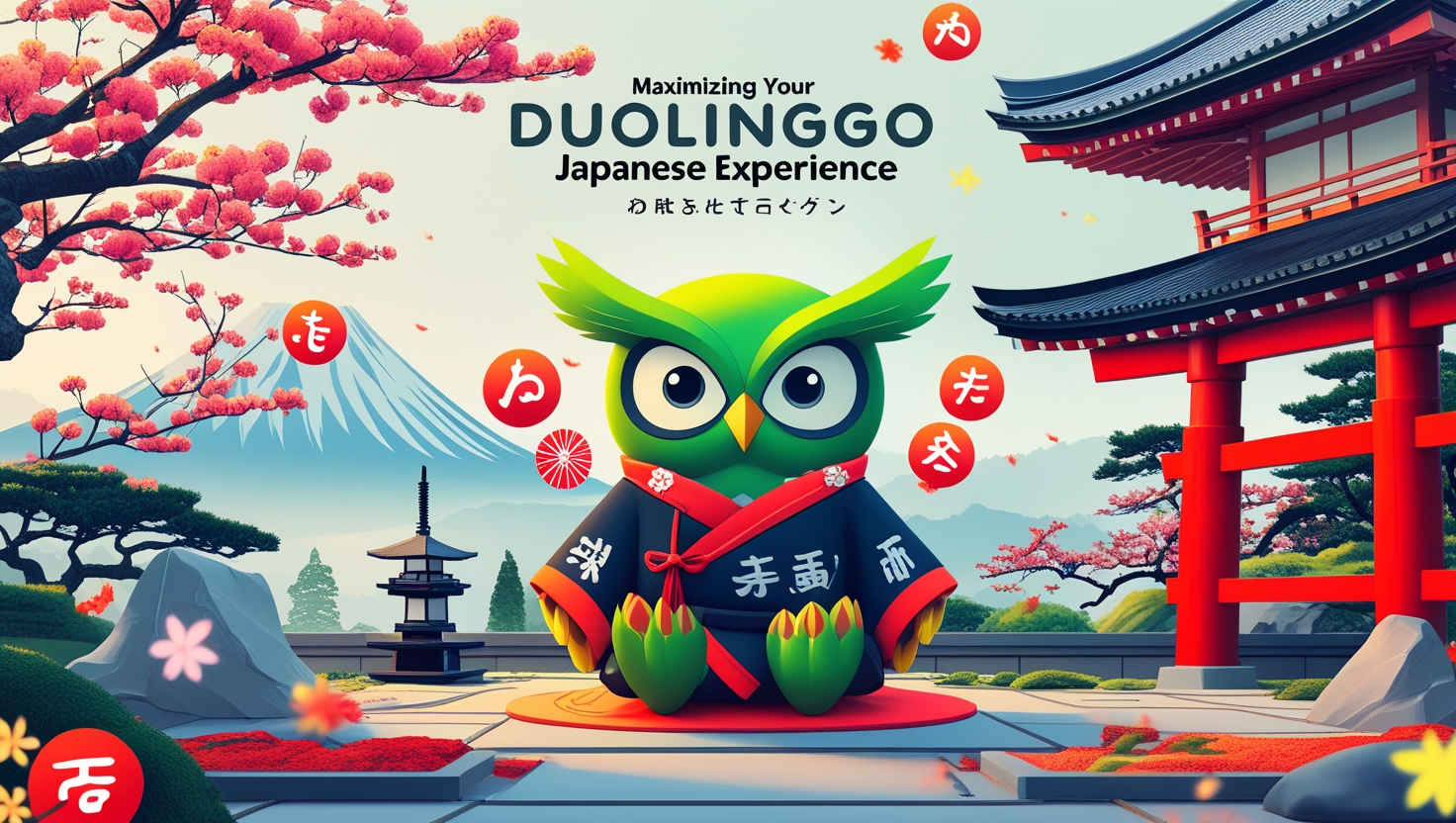
To truly Master Japanese, leverage proven strategies to optimize your Duolingo journey. Consistent practice, progress tracking, and combining resources like Anki flashcards and native media make a huge difference. The platform’s strengths lie in foundational learning, but pairing it with complementary tools ensures steady progress and greater retention of complex language structures.
Best Practices for Success
Master Japanese by maintaining consistent practice on Duolingo. Set daily goals, uphold streaks, and regularly review past lessons. Use Anki for vocabulary recall and native materials to enhance contextual understanding. Achieving fluency requires dedication, supplemented by focused study plans and progress tracking for measurable results.
Complementary Resources
Complementing Duolingo is vital to Master Japanese effectively. Use Kanji tools, apps like LingoDeer, or grammar books for deeper understanding. Incorporate flashcard systems for vocabulary and engage with native materials for immersive practice. These additions make up for the app’s limitations, especially for intermediate and advanced learners.
Progress Tracking
Tracking progress helps you Master Japanese more effectively. Regularly assess your level, review milestones, and set incremental goals on Duolingo. Using assessment tests and external progress-tracking methods keeps motivation high while identifying areas for improvement. Structured monitoring ensures a balanced and steady learning experience.
Complementary Resources
Achieving fluency requires supplementing Duolingo with external tools to Master Japanese. Combine digital resources like grammar PDFs, apps like Bunpro, and online forums with traditional materials. Textbooks and workbooks provide structured learning, while audio recordings improve pronunciation. Together, these resources create a well-rounded approach to mastering the language efficiently.
Digital Resources

Digital tools like grammar books and Lingo Deer are indispensable for those aiming to Master Japanese. These apps provide structured pathways that Duolingo lacks. Additionally, online forums offer detailed explanations, helping learners dive deeper into grammar and vocabulary expansion, ensuring a more comprehensive understanding of the language.
Traditional Materials
To Master Japanese, include traditional resources like textbooks and workbooks for rigorous practice. These materials offer structured lessons and writing exercises essential for building fluency. Pair these with audio recordings to hone pronunciation and speaking skills, creating a robust foundation for advanced learning.
Frequently Asked Question
Can you become fluent in Japanese through Duolingo?
No, Duolingo alone cannot make you fluent in Japanese. While it’s a useful tool for beginners, true fluency requires multiple learning methods including conversation practice with native speakers, immersion in Japanese media, formal grammar study, and understanding of cultural context. Duolingo should be seen as one component of a broader language learning strategy.
Is Duolingo good to learn Japanese with?
Duolingo is good for beginners learning Japanese basics, particularly for:
- Learning Hiragana and Katakana
- Basic vocabulary and grammar patterns
- Understanding simple sentence structures
- Daily practice through gamification However, it has limitations in teaching complex kanji, natural conversation skills, and nuanced grammar points. It works best when combined with other resources.
How long does it take to master Japanese on Duolingo?
Completing the entire Duolingo Japanese course typically takes 6-12 months with consistent daily practice. However, this doesn’t equate to mastering Japanese. The course only covers roughly JLPT N5 to partial N4 level content, which is still basic Japanese. True mastery requires years of dedicated study beyond Duolingo.
Is it possible to master a language with Duolingo?
No, Duolingo alone cannot provide language mastery. While it’s excellent for building foundations and maintaining daily practice, mastering any language requires:
- Regular conversation practice
- Extensive reading and writing
- Cultural immersion
- Advanced grammar study
- Professional instruction or tutoring
- Real-world application
How much Japanese will Duolingo teach you?
Duolingo Japanese covers:
- Complete Hiragana and Katakana alphabets
- About 100-150 basic Kanji characters
- Essential vocabulary (roughly 1,500-2,000 words)
- Basic grammar patterns
- Simple conversation phrases
- Common everyday expressions This equates to approximately JLPT N5 level, which is considered basic Japanese.
What level of Japanese can you get from Duolingo?
Completing Duolingo Japanese can help you reach approximately JLPT N5 level, with some N4 content. This means you’ll be able to:
- Read and write Hiragana and Katakana
- Recognize basic Kanji
- Handle simple daily conversations
- Understand basic grammar patterns
- Read elementary Japanese texts However, this is still considered a basic level, roughly equivalent to an elementary school level of communication.
Conclusion
Master Japanese through Duolingo’s gamified approach, but remember it’s just one piece of the language learning puzzle. While the platform excels at teaching basics and maintaining motivation, serious learners should combine it with other resources. Whether you’re a casual learner or aspiring linguist, Duolingo provides a solid foundation for your Japanese journey, making it a worthwhile starting point for beginners.
Visit For More Blog’s: duolingoabout.com

Welcome to DuolingoAbout.com! Your go-to hub for expert tips, tricks, and guides to mastering Duolingo. Simplify your language-learning journey with curated content designed for learners at all levels.
